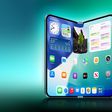While the next major version of macOS likely won't be announced until the WWDC 2017 opening keynote on June 5, eagle-eyed blogger Pike's Universum has discovered what appears to be Apple's first public sign of macOS 10.13.

Specifically, the blog shared a portion of the App Store URL, otherwise known as a CatalogURL, for macOS 10.13. We were subsequently able to pinpoint the full URL by tweaking an older CatalogURL link, and it appears to be a secure HTTPS link originating from Apple's servers, so the screenshot is legitimate.
The full URL: https://swscan.apple.com/content/catalogs/others/index-10.13seed.merged-1.sucatalog.gz
We don't know much about what's coming in macOS 10.13 at this point, but visits we're receiving from Macs running pre-release versions of macOS 10.13 have been picking up steadily since the beginning of the year, presumably as Apple's engineers work on the operating system update ahead of its unveiling.

We don't know what the successor to macOS Sierra will be called, but in 2014, Apple trademarked a long list of names that could be used for future updates. Names range from popular beaches and well-known cities in California, where Apple is headquartered, to mountains, deserts, and animals.
A list of known trademarked names that have yet to be used: Redwood, Mammoth, California, Big Sur, Pacific, Diablo, Miramar, Rincon, Redtail, Condor, Grizzly, Farallon, Tiburon, Monterey, Skyline, Shasta, Mojave, Sequoia, Ventura, and Sonoma. An entirely different name is certainly possible too.
macOS 10.13 will likely be seeded to developers for testing purposes in early June ahead of a public release by the end of October. The beta will likely be available to public testers over the summer as well.





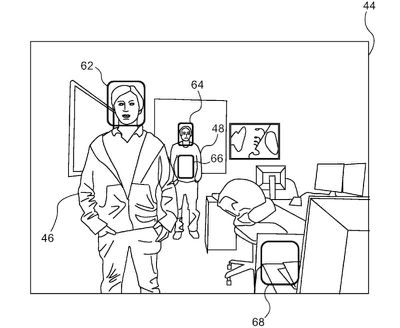
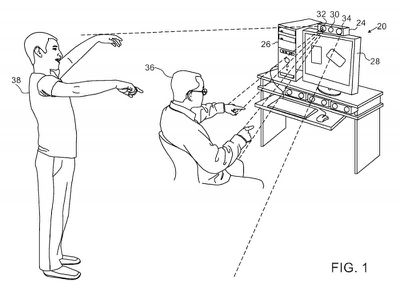

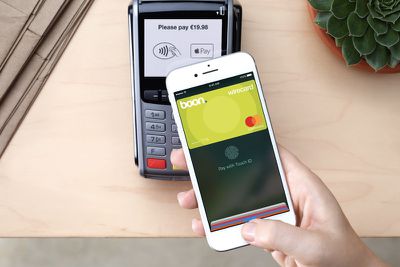

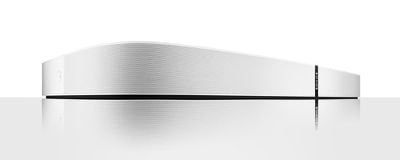
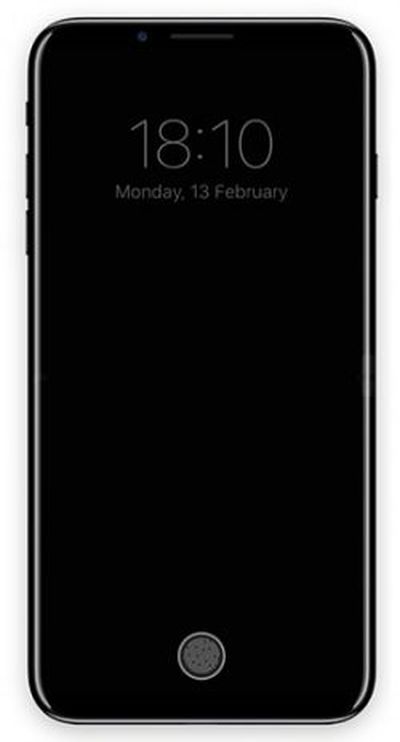 While a
While a 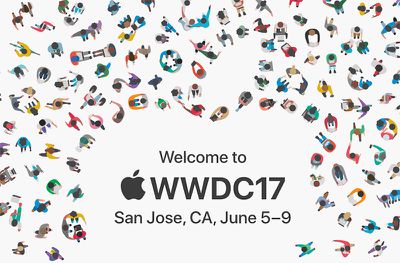
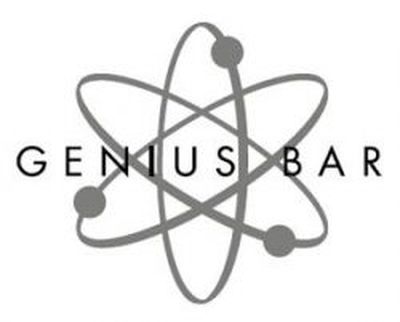 While the Genius Bar is the focal point of the Apple Store, it turns out the idea was initially panned by late Apple co-founder Steve Jobs.
While the Genius Bar is the focal point of the Apple Store, it turns out the idea was initially panned by late Apple co-founder Steve Jobs.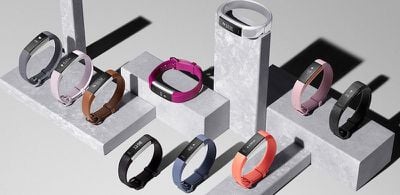


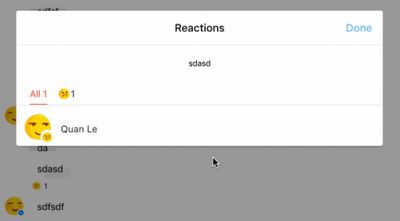
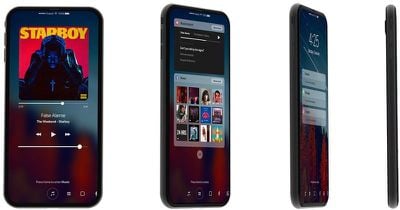
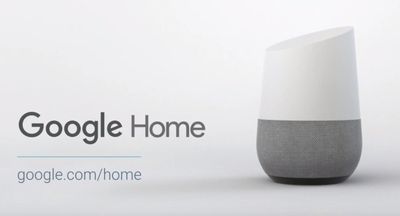
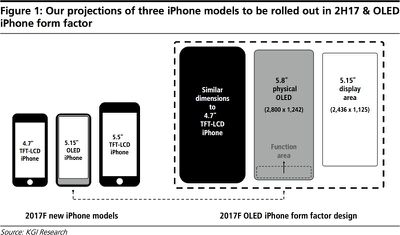
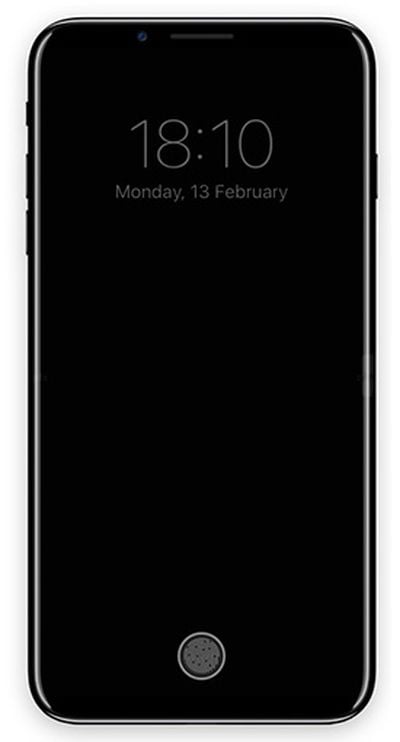 Apple will launch three new iPhone models in the fall, including one with a 5.8-inch OLED display and two with LCD displays, according to
Apple will launch three new iPhone models in the fall, including one with a 5.8-inch OLED display and two with LCD displays, according to 













